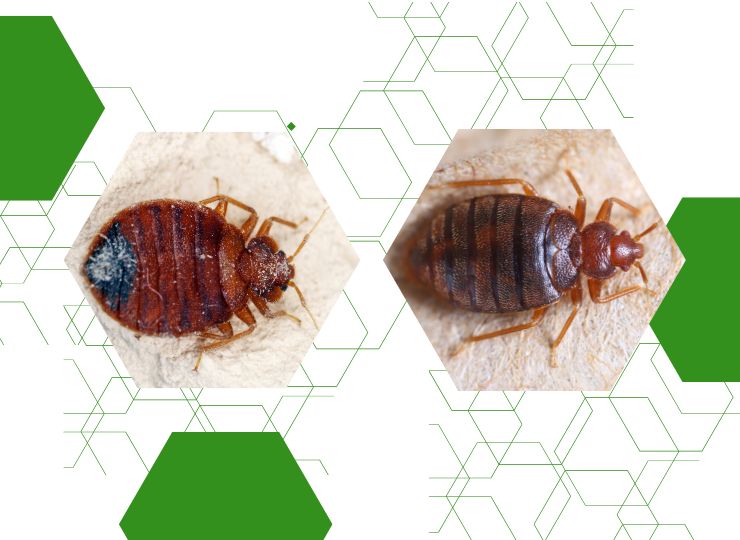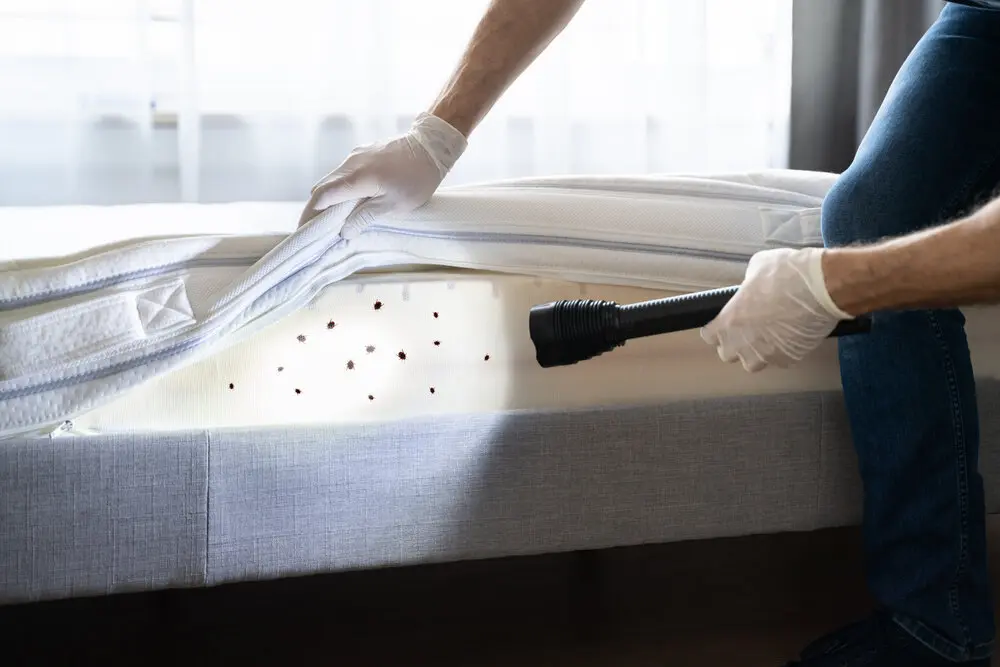Effective Bed Bug Eggs Treatment and Elimination Services in Arlington
Effective Bed Bug Eggs Treatment and Elimination Services in Arlington
Blog Article
Get Informed Regarding the Kinds Of Bug Control Techniques and Their Benefits for Homeowners
Comprehending the different parasite control approaches readily available to property owners is vital for efficient bug administration. House owners who are well-informed can make calculated options that not only address insect issues but additionally improve the general top quality of their living setting.
Chemical Bug Control Approaches
Chemical insect control approaches are an important element of incorporated parasite management strategies for home owners looking for efficient services to pest invasions. These techniques include the application of chemical materials developed to get rid of or prevent parasites that endanger personal property, health, and comfort. Typical chemicals used include insecticides, herbicides, rodenticides, and fungicides, each customized to target certain parasites.
The key benefit of chemical parasite control is its quick efficiency; several formulations offer prompt outcomes, decreasing pest populaces considerably quickly. Additionally, breakthroughs in chemical formulas have caused products that are extra ecologically friendly and have lower toxicity degrees for non-target microorganisms when applied correctly.

Organic Insect Control Methods
Natural pest control methods have gotten importance as home owners seek safer and much more lasting alternatives to standard chemical approaches. Biological bug control strategies make use of all-natural predators, parasites, or virus to manage bug populations properly. This approach is not just eco friendly but additionally minimizes the threat of damage to non-target varieties, including beneficial insects and wild animals.
One of one of the most usual biological control approaches involves introducing all-natural killers into the environment. As an example, ladybugs can be made use of to regulate aphid populations, while nematodes target soil-dwelling parasites like grubs. Additionally, parasitoids-- microorganisms that survive or within a host-- can be utilized to manage details parasite types by laying eggs inside them, eventually bring about their death.
One more method is the use of biopesticides, which are originated from natural products such as microorganisms, minerals, or plants (bed bug exterminator). These items can effectively target bugs while positioning minimal risk to people and animals. On the whole, biological bug control techniques give property owners with an effective means of parasite management that straightens with environmental principles, promoting a healthier living setting while reducing dependence on artificial chemicals
Mechanical Parasite Control Strategies
Mechanical parasite control strategies encompass a selection of approaches that literally avoid or get rid of pests without the usage of chemicals. These techniques are particularly useful for home owners looking for eco-friendly alternatives while ensuring the safety and security of their living areas.
One common technique is making use of obstacles, such as catches, nets, and displays, which avoid pests from going into homes or specific locations. Installing home window screens can properly keep insects out, while making use of physical barriers around yards can hinder larger parasites like deer or bunnies. In addition, mechanical catches created for rodents can catch and eliminate these pests without the need for poisonous compounds.
Another reliable strategy includes making use of vacuum cleaners and brooms to eliminate bugs straight from surface areas. Normal cleansing and maintenance can substantially minimize pest populations by eliminating food sources and concealing areas. Additionally, utilizing devices like ultrasonic pest repellents can deter numerous parasites through sound waves that are undesirable to them but inaudible to humans.
Social Bug Control Practices
Cultural insect control techniques focus on modifying the environment and monitoring methods to create conditions that are less for pest problems. These practices are essential in preserving a balanced environment and reducing the reliance on chemical treatments. By changing farming methods, property owners can effectively discourage bugs while promoting plant health.
One typical approach includes plant rotation, which disrupts the life cycles of bugs by transforming the types of plants grown in a specific location (bed bug exterminator). This not just minimizes pest populaces but also boosts soil health. Additionally, intercropping-- growing varied crops in proximity-- can confuse parasites and decrease their ability to situate their recommended host plants
Water administration is another important element of cultural techniques. Correct watering strategies can protect against standing water, which functions as a breeding place for mosquitoes and various other bugs. In addition, preserving cleanliness around the home, such as frequently eliminating debris and food waste, can considerably decrease bug attraction.
Including these social practices into a thorough pest administration technique enables homeowners to produce an atmosphere that normally deters parasites, thereby improving the effectiveness of various that site other control techniques while advertising sustainable horticulture and landscaping.

Integrated Bug Administration Approaches
Integrated Pest Administration (IPM) represents an alternative technique that combines different strategies to efficiently take care of bug populations while reducing environmental impact. This technique integrates biological, social, physical, and chemical techniques to attain lasting pest control. By assessing pest populaces and their natural enemies, IPM highlights monitoring and recognizing insects before carrying out control measures.
Among the core principles of IPM is using limits, which develop the level of pest activity that requires intervention. This makes certain that treatments are used just when required, reducing the dependence on chemical pesticides. Biological control approaches, such as presenting all-natural killers look at this website or parasites, job in combination with cultural techniques like crop turning and environment adjustment to interrupt pest life cycles.
Furthermore, IPM urges making use of least-toxic chemical alternatives when intervention is required, prioritizing items that position minimal threat to non-target organisms and the atmosphere. For house owners, embracing IPM approaches not just boosts the effectiveness of parasite monitoring but additionally promotes a healthier living atmosphere, promoting biodiversity and reducing chemical exposure. Ultimately, IPM encourages property owners to make enlightened choices that balance pest control with eco-friendly responsibility.
Final Thought
In verdict, understanding the numerous insect control methods empowers home owners to make enlightened choices regarding pest management. Each strategy-- chemical, organic, mechanical, social, and incorporated parasite management-- provides unique advantages that provide to different needs and preferences.
Recognizing the numerous pest control methods offered to homeowners is important for reliable bug monitoring.Chemical pest control techniques are a vital part of incorporated insect monitoring methods for home owners seeking efficient remedies to pest problems. In general, organic pest control techniques give home owners with an efficient methods of bug management that straightens with ecological concepts, article advertising a healthier living atmosphere while lowering dependence on artificial chemicals.
Social parasite control practices focus on customizing the setting and management techniques to develop problems that are less helpful to pest problems.In conclusion, recognizing the different pest control techniques encourages house owners to make informed decisions relating to pest management.
Report this page